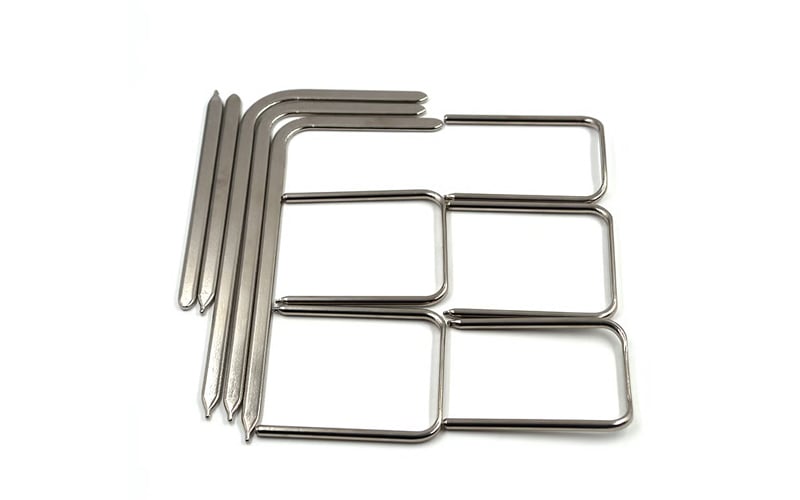Structure and Functionality
Heat pipes and vapor chambers are both heat transfer devices commonly used in electronic applications. While heat pipes consist of a sealed tube containing a small amount of liquid that evaporates and condenses to transfer heat, vapor chambers are flat plates made of multiple layers of metal with internal wick structures for enhanced thermal conductivity.
Thermal Efficiency
One key difference between heat pipes and vapor chambers is their thermal efficiency. Vapor chambers have a larger effective thermal conductivity due to their larger surface area and the ability to spread heat evenly across the surface. This makes vapor chambers more suitable for applications where uniform heat distribution is critical.
Heat Spreading Capability
Heat pipes are better suited for point-to-point heat transfer due to their cylindrical shape, which allows them to efficiently transport heat over longer distances. In contrast, vapor chambers are designed for heat spreading applications, where heat needs to be dissipated across a larger area.
Manufacturing Complexity
Heat pipes are comparatively simpler in structure and easier to manufacture, making them a cost-effective solution for many thermal management applications. On the other hand, vapor chambers involve a more complex manufacturing process, which can result in higher initial costs but offer superior performance in terms of thermal management.
Thickness and Weight
Vapor chambers are typically thinner and lighter than heat pipes, making them ideal for applications where space and weight are constraints. Heat pipes, while effective in transferring heat, may not be suitable for compact electronic devices that require a thin and lightweight cooling solution.
Orientation and Flexibility
Heat pipes are more versatile in terms of orientation, as they can function effectively in any position, including vertical and horizontal orientations. Vapor chambers, however, are highly sensitive to gravity and may not perform optimally when positioned vertically, limiting their flexibility in certain applications.
Heat Transfer Distance
Heat pipes are better suited for long-distance heat transfer applications, where heat needs to be transferred from a heat source to a remote heat sink. Vapor chambers, on the other hand, are more efficient in short-distance heat spreading applications, where heat needs to be dissipated evenly across a surface.
Thermal Performance Under Pressure
In high-pressure environments, such as in high-performance computing systems, vapor chambers have a distinct advantage over heat pipes. The flat design of vapor chambers allows for improved contact with heat sources, leading to better thermal performance under high pressure conditions.
Scalability and Customization
Vapor chambers offer greater scalability and customization options compared to heat pipes. Manufacturers can easily design vapor chambers in various shapes and sizes to fit specific thermal management needs, making them a versatile solution for a wide range of applications.
Cost-Effectiveness and Application-specific Requirements
The choice between heat pipes and vapor chambers ultimately depends on the specific requirements of the application. While heat pipes may offer a cost-effective and reliable solution for basic thermal management needs, vapor chambers are better suited for high-performance applications that demand superior thermal conductivity and heat spreading capabilities.

